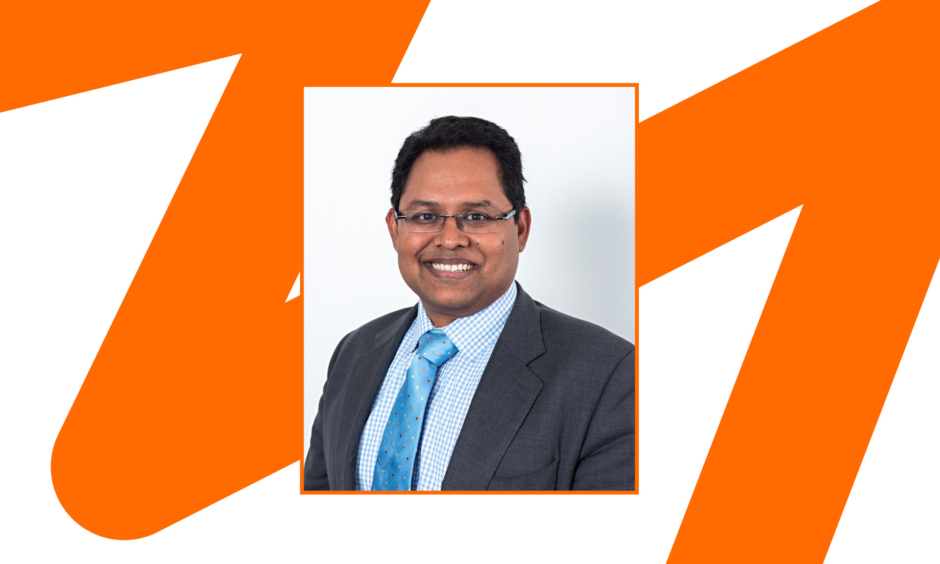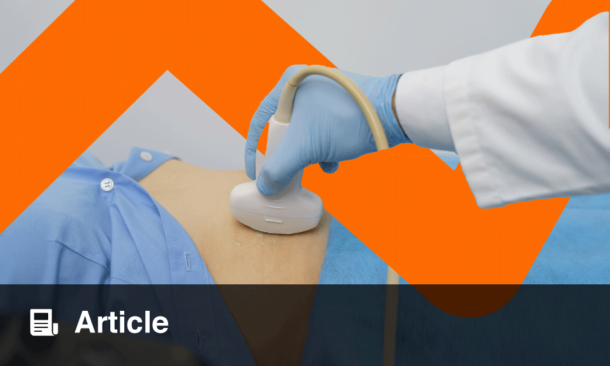Bhaskar Somani | Professor and Consultant Urological Surgeon, University of Southampton, UK; Clinical Director of South Coast Lithotripter Services, UK; Endourology Lead, University Hospital Southampton, UK
Citation: EMJ Urol. 2023; DOI/10.33590/emjurol/10306259. https://doi.org/10.33590/emjurol/10306259.
![]()
What led you to pursue a career in surgical urology? Was there a particular person or event that inspired you?
As a junior doctor in training, I enjoyed all aspects of surgery, having done specialist vascular surgery, thoracic surgery, orthopaedics, general surgery, and urology jobs. I found urologists very nice and humble, and easy to work with. There was also such a huge spectrum of choice in urology, with laparoscopy, endourology, andrology, and functional urology, with robotic surgery on the horizon at the time. Urology was a no-brainer for me really, like a big family, and I have never looked back since choosing it.
You currently have over 500 peer-reviewed papers, more than 550 abstracts, and multiple book chapters published on a range of topics from benign prostate disorders to haematuria to stones. Where can we expect to see your focus lie in the coming years?
God has been very kind to me, and I have worked with some great researchers, colleagues, and juniors. Most of my ideas and collaborative projects have been published due to the hard work and commitment shown by the whole team. We now have three endourology Fellows, and our ‘Stone Team’ has grown from one (which was just me in 2012) to 12 in 2023, which shows our success as a team.
Going forwards, besides endourology, I am increasingly involved with novel stents and catheters, non-antibiotic treatments for simple and complex urinary tract infections (UTI), minimally invasive surgical therapies (MIST) for benign prostatic hyperplasia (BPH), artificial intelligence (AI), and machine learning (ML), with predictive models for different urological conditions. I think we really need to invest in these technological innovations to help our patients.
What do you believe to be the current gaps in urological literature, and which topics merit greater attention?
There are several areas of urology which are rapidly changing and evolving. I do feel that we still need novel oncological therapies which can minimise the use of some morbid surgical procedures; better suction devices after stone treatment to prevent recurrences; ideal MIST treatment and algorithm for BPH; and better diagnostic and predictive tools using AI and ML. But there are several areas of urology where patient involvement, patient-reported outcome measure (PROM), and cost effectives need to be addressed.
You were involved in pioneering a technique called ‘pop-dusting’ to remove kidney stones. Are there any exciting new procedures you are aware of that are emerging in the field of surgical urology?
We are proud with our results of ‘pop-dusting’, and recently have shown its use in large and multiple stones using the high-power laser. Patients avoid more invasive or second surgical stone-related procedures using this, and we have shown its use in both adult and paediatric patients.
Of the new areas, multiple new MIST for BPH are coming through. This is a whole new technological rainbow, which is constantly evolving and offering a plethora of choices to patients and clinicians alike. There will be the increasing role of mobile phone apps, new robots, and lasers in the next few years. Personalised medicine, perhaps with the increasing role of genomics, is also likely to be more commonly used in future.
Being listed as the number one surgeon in the world for ureteroscopy and keyhole percutaneous stone procedures, can you describe some of the unique challenges associated with these patients?
I am slightly uneasy in taking about the numbers, as there are many surgeons who are more skilled than me, and some of them are my mentors in this field. I consider myself lucky to have been trained by, and to be working and collaborating with many of these urology colleagues, who are all excellent in this field.
The challenges of stone surgery are related to primary and recurrence prevention. Unfortunately, although the surgical aspects of endourology have become more modern and minimally invasive, we need to do more in terms of prevention of stone disease. Recently, the European Association of Urology (EAU) guidelines have updated the follow-up guidelines, and recommend more intense follow-up for these patients, as many of them recur in time. This is also something we will need to apply in our clinical practice for recurrence recognition, counselling, and treatment.
Some of the other challenges related to these surgeries are better operative monitoring of intrarenal pressure and temperature during these procedures. Equally, application of AI and having better predictive tools, or using it during surgery, can possibly improve the overall clinical outcomes.
What are the most significant changes you have seen in the field of endourology over the course of your career?
There are so many changes I have witnessed which have made endourology safer, less invasive, and a sub-specialty that appeals to most trainees as a career choice. I guess the journey started with flexible ureteroscopes, which then changed from fiberoptic to digital scopes, and is gradually now evolving with digital disposable scopes, which either are much smaller or smarter with pressure monitoring. Similarly, in the field of lasers, the use of high-power laser, pulse modulation of holmium laser, and now thulium fiber laser are all helping to push the boundaries of stone surgery. In the field of percutaneous surgery, there has been significant minimisation of the tract used, with more studies reporting on suction to improve the stone-free rate, and new fragmentation/suction devices to help with this. In our personal series, we have used AI and ML for predictive modelling in percutaneous procedures, patients who had urosepsis post-ureteroscopy, and a few other areas of endourology. We think these will also have a huge impact in future.
You have been involved in a portfolio of activities to promote public awareness of urological conditions. Are there any areas that require greater attention you would like to spotlight here?
I have been involved with several aspects of primary prevention of stone disease. More work needs to be done around antimicrobial resistance and the use of non-antibiotic therapies for simple and complex UTIs. Similarly, the roles of fluid intake, obesity, hypertension, and diabetes need to be highlighted for these patients, and more patient awareness and education is needed.
What are some points of emphasis you incorporate into practice that an aspiring urologist could use to be the best they can be?
There are several aspects of urology that I have enjoyed. With several sub-specialties offered, they should choose the specialty that most appeals to them rather than going for the most popular choice. I would also suggest they have some research and academic or teaching role along with their clinical work, which makes them more accomplished as a clinician. Having a good work-life balance, and engaging in regional, national, or international activities would make the whole journey more enjoyable.
During my own journey, I have had a mixture of clinical research, teaching, and training with the European School of Urology (ESU), papers and grants, EAU guideline panel, and EAU section(s) work. These, combined with innovative clinical work, have made me a more complete surgeon. Finally, please enjoy this journey, which will be more special in what you enjoy and with the team you want to work with.









